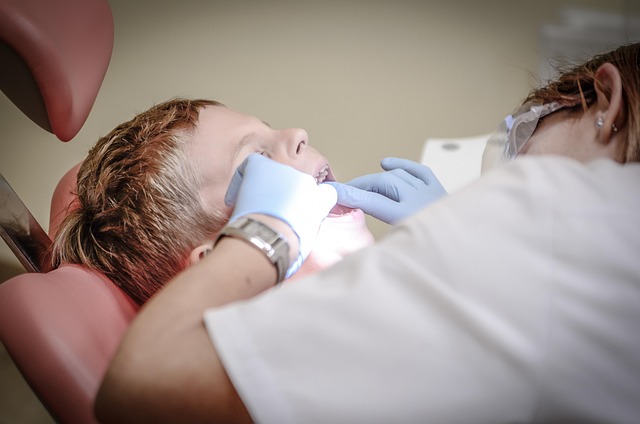Orthodontist: Braces, Aligners, and Care for Your Teeth
An orthodontist is a dental specialist who diagnoses and treats misalignment of teeth and jaws, commonly using braces or clear aligners to improve function and appearance. Treatment addresses bite problems, crowding, and spacing, and often overlaps with general dental care. Understanding what orthodontic treatment involves can help you evaluate options and expectations for your teeth health.

This article is for informational purposes only and should not be considered medical advice. Please consult a qualified healthcare professional for personalized guidance and treatment.
What is orthodontic care and who provides it?
Orthodontic care is a dental specialty focused on diagnosing, preventing, and correcting irregularities of the teeth and jaw. Licensed dentists who complete additional residency training in orthodontics become orthodontists. They use clinical exams, dental records, and imaging to create treatment plans. Orthodontic care can begin in childhood when primary and permanent teeth are developing, but many adults also seek treatment to address long-standing bite issues or aesthetic concerns.
How do braces move teeth?
Braces apply steady, controlled pressure to teeth to encourage bone remodeling and movement within the jaw. A typical braces system includes brackets bonded to teeth and an archwire that connects them. Adjustments over time change tension so teeth gradually shift into planned positions. Modern braces vary in materials—metal, ceramic, or composite—and treatment length depends on the complexity of alignment and patient compliance with appointments and oral hygiene.
When are dental aligners appropriate?
Dental aligners are removable, custom-made trays that shift teeth incrementally and are often used for mild to moderate alignment issues. They are designed and monitored by orthodontists or trained dentists. Aligners are commonly chosen for aesthetic reasons because they are less noticeable than traditional braces, and they allow easier cleaning of teeth. Candidates need to follow guidance on wear time—typically 20–22 hours per day—and may require attachments or refinements during treatment to reach desired results.
How does orthodontic treatment affect overall dental health?
Orthodontic treatment can improve chewing, reduce abnormal wear of tooth surfaces, and make oral hygiene easier by aligning crowded teeth. However, both braces and aligners require careful dental hygiene to prevent decay and gum inflammation. Patients with braces need to clean around brackets and wires, while aligner users should clean trays and brush teeth before reinserting them. Regular dental checkups and professional cleanings remain important throughout orthodontic care.
What are common stages and timelines for treatment?
Orthodontic treatment typically follows evaluation and planning, appliance placement, regular adjustments or aligner checks, and a retention phase. Initial consultations involve records like X-rays and impressions or digital scans. Active treatment time varies—some cases complete in under a year, while others take two years or more depending on severity. After active movement, retainers are used to stabilize teeth in their new positions; retention is often long-term to prevent relapse.
Finding local services and choosing an orthodontist
When looking for local services, consider qualifications, treatment options (braces, aligners, or mixed approaches), experience with cases similar to yours, and patient communication. Ask about diagnostic methods, expected timelines, and follow-up care. Many orthodontists provide consultations to discuss alternatives and to show before-and-after examples. Insurance coverage and financing can affect access to care, so confirming administrative details up front helps set realistic expectations.
Conclusion
Orthodontists provide specialized care to correct teeth and jaw alignment using methods such as braces and aligners, with goals that include improved function and oral health. Treatment involves assessment, an active adjustment phase, and long-term retention. Because each case is unique, discussions with a qualified orthodontic professional can clarify the most appropriate approach and expected timeline for individual needs.






